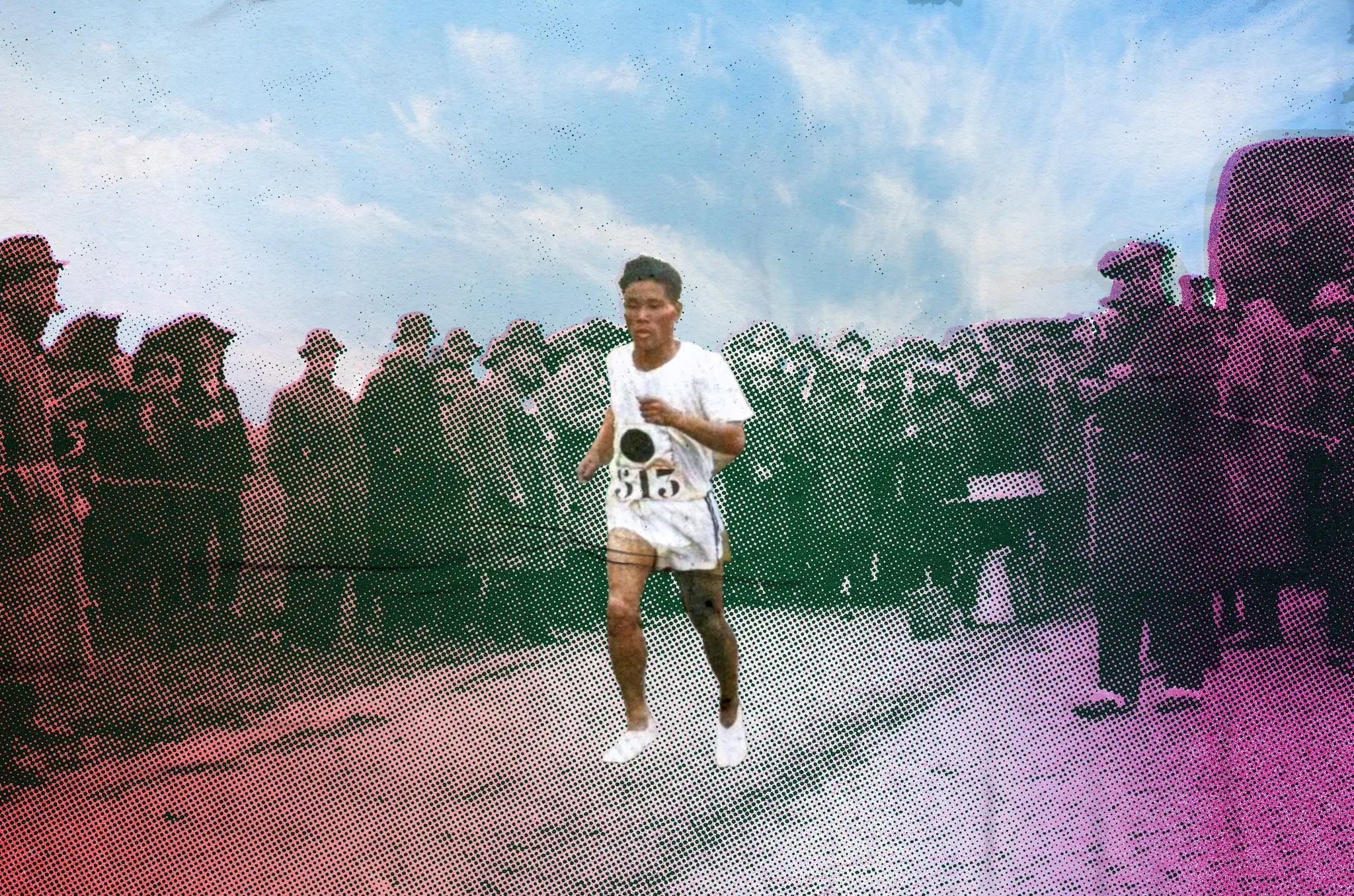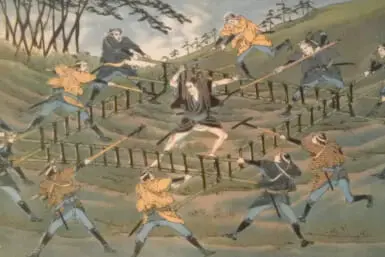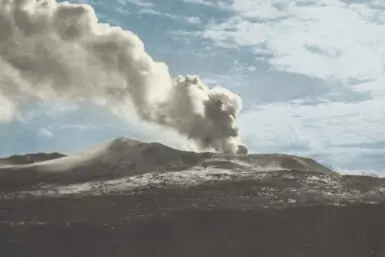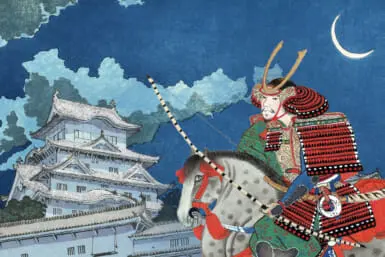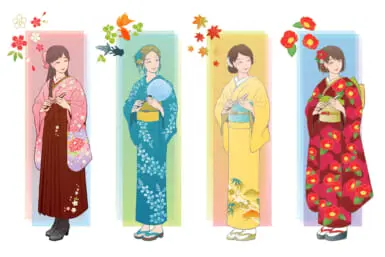On this day in 1912, Shizo Kanakuri lined up alongside 67 other runners at the starting line for the Olympic marathon in Stockholm. He and compatriot Yahiko Mishima were the first-ever Asian competitors to appear at the Games. Kanakuri eventually completed the race on March 20, 1967.
His time of 54 years, 8 months, 6 days, 5 hours, 32 minutes, 20.3 seconds is officially recognized by the Guinness World Records as the longest time to complete a marathon. So, why did it take him so long? Tokyo Weekender looks back at his exhausting journey.
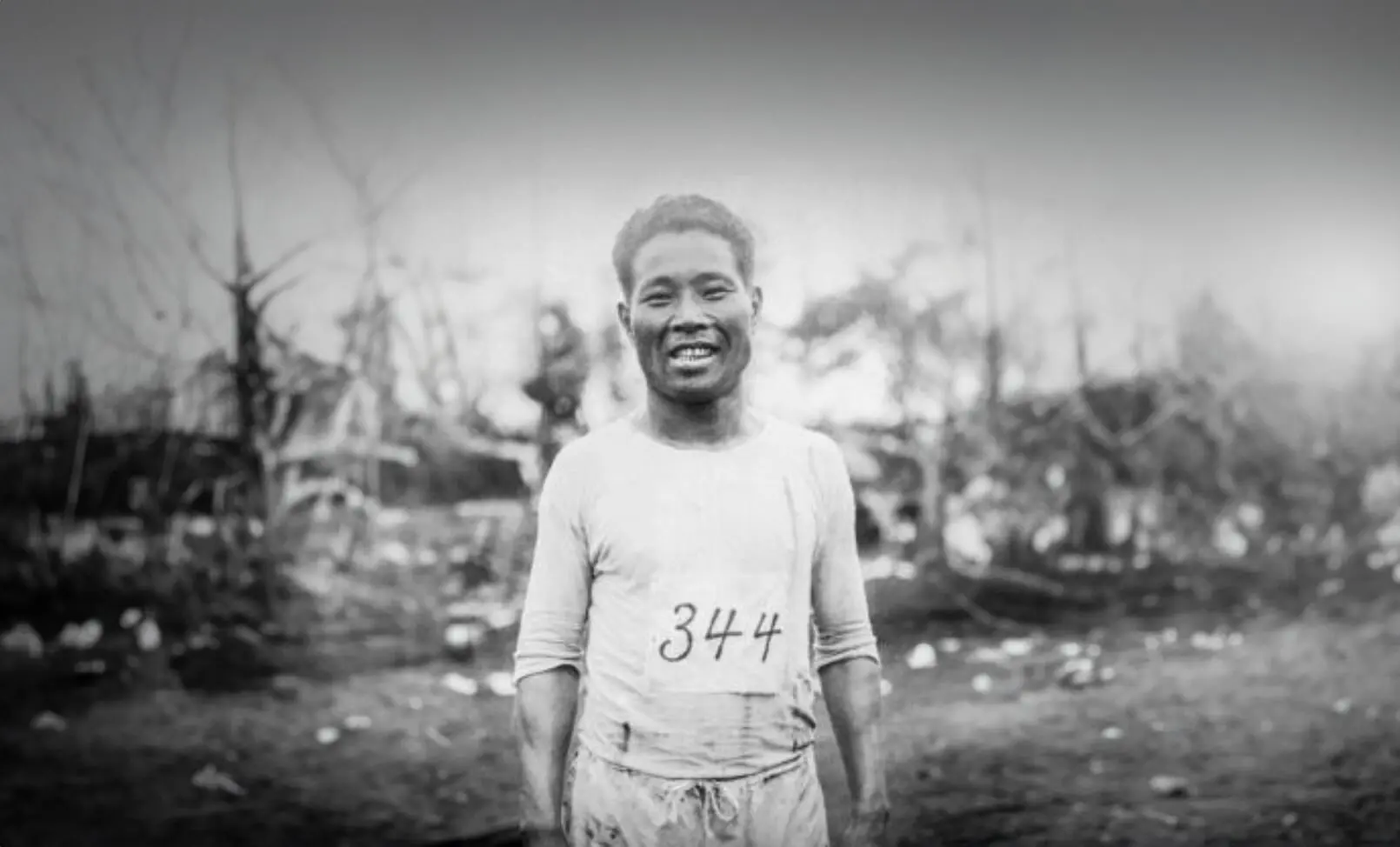
The Start of Shizo Kanakuri’s Olympic Journey
Known as the “father of the marathon” in Japan, Shizo Kanakuri qualified for the Stockholm Games by running a 40-kilometer marathon in a time of 2 hours, 32 minutes, 45 seconds in 1911. Though 2 kilometers shorter than what is now seen as a standard marathon, it was described at the time as a world record and was good enough to earn him a place on Japan’s team of two.
Along with sprinter Yahiko Mishima, Kanakuri was asked to make his own way to Sweden. He subsequently conducted a nationwide fundraiser to collect ¥1,500 for the journey. Starting on a ship before transferring to the Trans-Siberian Railway, Kanakuri spent 18 days traveling to the event.
Arriving in Stockholm, he then struggled to sleep because of the white nights. With the team manager, Hyozo Omori, bedridden due to tuberculosis and unable to train him, Kanakuri was ill-prepared for the event.
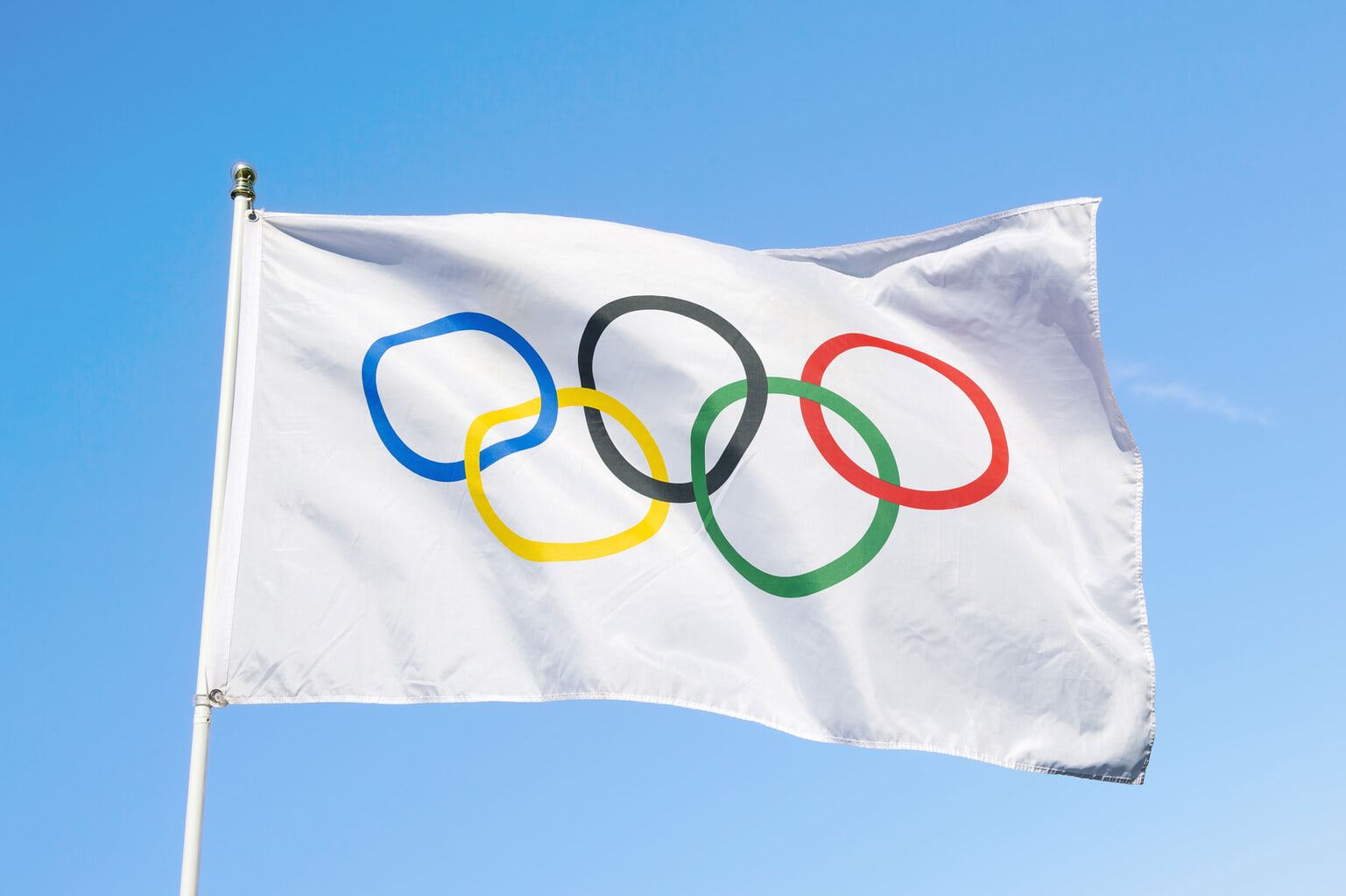
A Missing Person
The weather also didn’t help. A heat wave made conditions unbearable for the runners. Britain’s Johnny Hayes, the champion in 1908, described the race as a “disgrace to civilization,” adding that the runners “drove themselves to a state of insanity.” Of the 68 competitors, only 34 of them completed the course.
Before it began, Francisco Lázaro, a Portuguese carpenter and amateur athlete, allegedly said, “Either I win or I die.” Sadly, it was the latter. At around the 30-kilometer mark, he collapsed with a body temperature of 41 degrees Celsius. He was pronounced dead the following day, becoming the first casualty of the Olympics.
Had he not retired early, Kanakuri might have suffered the same fate. Fearing for his safety as he was experiencing debilitating hyperthermia, the Japanese man decided to abandon the course after just over 25 kilometers. He then noticed a garden party taking place nearby with some refreshing orange juice to slake his thirst. Kanakuri stayed for around an hour, chatting with the family. The following day, he returned to Japan without informing officials.
The Japanese runner was subsequently declared a missing person in Sweden. Back in Japan, he continued to compete in marathons and qualified for the 1916 Olympics in Berlin, which was eventually canceled due to the outbreak of World War I.
At the 1920 Games in Antwerp, he completed his first ever Olympic marathon, finishing in 16th place. He qualified again four years later for the event in Paris but failed to complete it. This time, though, he informed officials he was returning to Japan.
Kanakuri Finally Completes the Race
Kanakuri’s Olympic appearances and his role in establishing the famous Hakone Ekiden relay marathon — which is still going strong today — meant he was arguably Japan’s most well-known athlete in the first few decades of the 20th century.
In Sweden, however, he was still considered a missing person. That changed in the late 1960s. A Swedish reporter discovered that he was working as a geography teacher in Tamana city, Kumamoto Prefecture.
Kanakuri was then invited by a television station in Stockholm to return to the city and complete the marathon. He jumped at the chance. On March 20, 1967, the then 75-year-old finally finished the race, more than five decades after he started it.
During his time in Sweden, Shizo Kanakuri also had an opportunity to visit the garden villa where he enjoyed the orange juice. Asked for a comment when he finally finished the race, he joked: “It was a long trip. Along the way, I got married, had six children and 10 grandchildren.”

